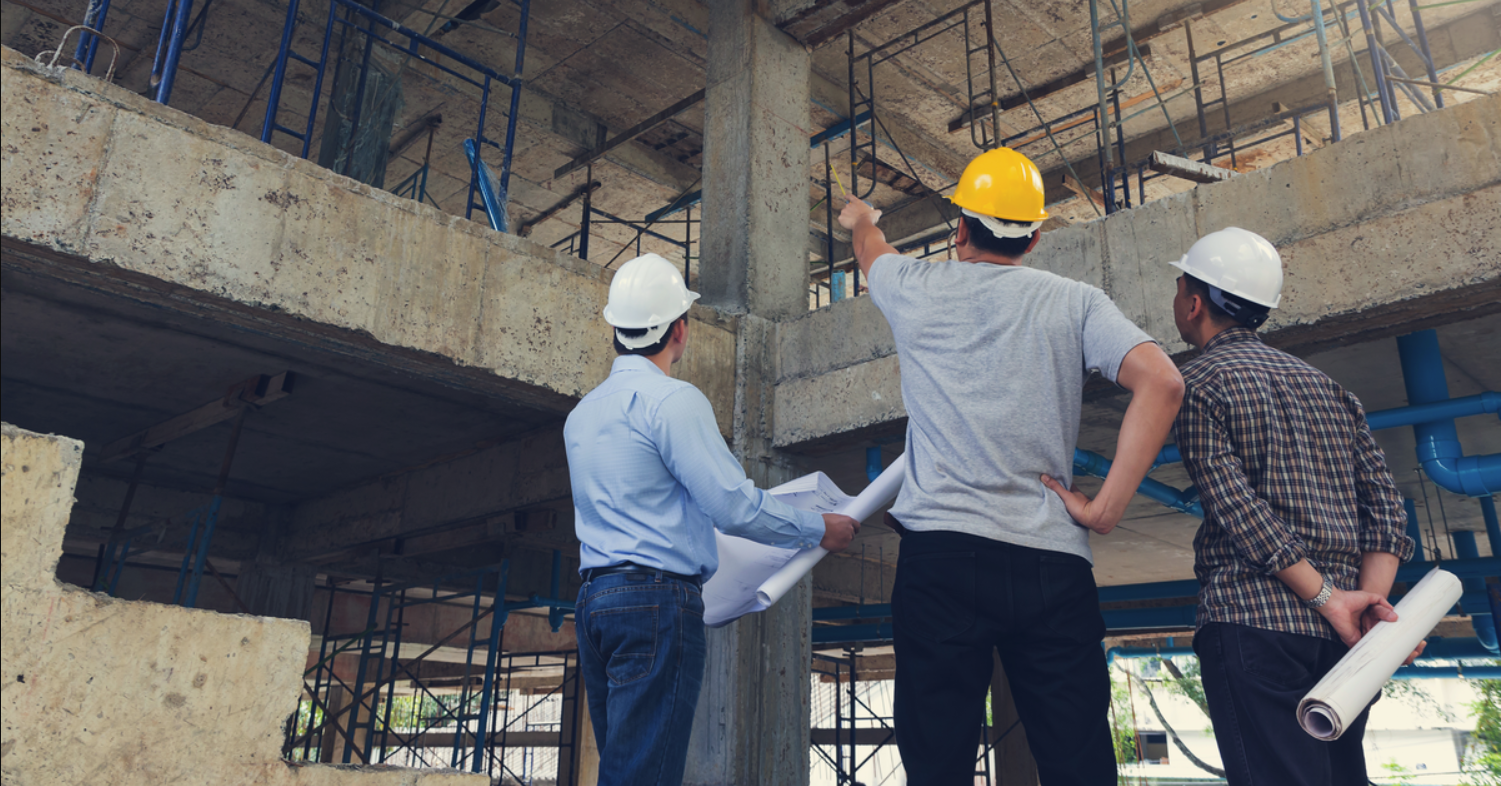Site surveys are a crucial step in the real estate development process, yet they are often overlooked or misunderstood by many new and even seasoned developers. This guide aims to demystify the types of site surveys—pin survey, ALTA, and lender survey—and explain why architects, particularly those at Prime Architects, need these documents. By understanding the purpose, nuances, and importance of these surveys, developers can navigate their projects more effectively, ensuring compliance, feasibility, and maximization of investment returns.
What is a Site Survey?
A site survey is an exhaustive examination and report detailing the characteristics of a piece of land. It’s essential for accurate planning and development, providing a detailed outline of topography, boundaries, potential legal issues, and other critical elements. The survey ensures that developers and architects have a clear understanding of the site’s constraints and potentials before moving forward with any construction or development plans.
Types of Site Surveys Explained
Pin Survey
A pin survey is one of the most common types of site surveys conducted to establish the exact boundaries of a property. This survey involves placing markers—usually metal pins—into the ground along the property lines. For developers, particularly private developers venturing into property investment for the first time, understanding where your property lines are can save you from potential disputes with neighboring properties, which is crucial in densely packed urban environments or in new developments.
ALTA Survey
The ALTA survey, which stands for American Land Title Association, is a comprehensive survey that includes all the elements of a boundary or pin survey but adds a layer of title specifics that might affect the ownership, like easements and rights of way. An ALTA survey is typically required by lenders and title companies before the sale or development of commercial real estate properties. This survey is crucial for professional developers looking to ensure that all legalities are addressed before construction begins, hence avoiding costly legal battles later on.
Lender Survey
Lender surveys, sometimes called mortgage surveys, are usually required by a bank or other financial institution before issuing a loan. They are less detailed than ALTA surveys but are important for confirming that the property being financed is the same as the one described in the documentation. For developers securing financing for their projects, providing a lender survey is a requisite step in the loan application process.
Why Your Architect Asks for a Site Survey
Architects require these surveys to accurately plan and design your project in alignment with existing legal and physical conditions. Here’s why a detailed site survey is indispensable:
- Compliance with Zoning Laws: Ensures the project adheres to local zoning laws, which dictate how a property can be used.
- Utility Mapping: Identifies where existing utility lines are, helping to avoid costly relocations.
- Topography Assessment: Helps architects design buildings that are structurally sound on the given land.
- Legal Safety: Provides a legal backing in disputes over land boundaries and easements.
Importance of Site Surveys in Construction
In the fast-evolving cityscape of Norman, Oklahoma, and indeed in any developing area, the importance of site surveys can hardly be overstated. Here’s how these surveys play a pivotal role:
- Risk Mitigation: Early detection of potential issues such as land instability or legal discrepancies can save developers from expensive rectifications after the project has started.
- Budget Management: Accurate surveys can prevent unexpected costs related to boundary disputes or non-compliance with local laws.
- Project Planning: Provides detailed information that helps in planning the sequence of construction activities, which can optimize the construction schedule.
Overcoming Confusion About Site Surveys
Many developers, especially those new to the field, face confusion regarding the different types of surveys and their specific requirements. It is essential to consult with an experienced architect or a surveying professional early in the project to determine which type of survey is appropriate for your specific needs and how each can affect the overall project timeline and budget.
How Site Surveys Affect Real Estate Development
For local developers in Norman and across regions experiencing growth, understanding the implications of a properly conducted site survey can greatly influence the success of a project. Site surveys provide a clear roadmap for development, highlighting obstacles and opportunities, thereby forming the backbone of project planning and execution.
Resolving Site Survey Issues for Developers
Issues such as unclear property boundaries, unforeseen land use laws, or previously unidentified easements can all be resolved through the different types of site surveys. By ensuring that these issues are addressed before development begins, developers can avoid delays and legal challenges that might otherwise arise.
Conclusion
Whether you are a private developer making your first foray into real estate or a seasoned professional developer, understanding and utilizing the correct type of site survey is essential. It not only ensures compliance and legal protection but also paves the way for the successful execution of your development projects. At Prime Architects, we are equipped to guide you through the complexities of site surveys and development, ensuring that your investment is both safe and profitable. Remember, a well-informed developer is a successful developer.
Ready to ensure the success of your development project with precise site surveys? Contact Prime Architects today to leverage our expertise and ensure your project is built on a solid foundation of accuracy and compliance. Don’t let uncertainties derail your development goals. Reach out now for a consultation!

